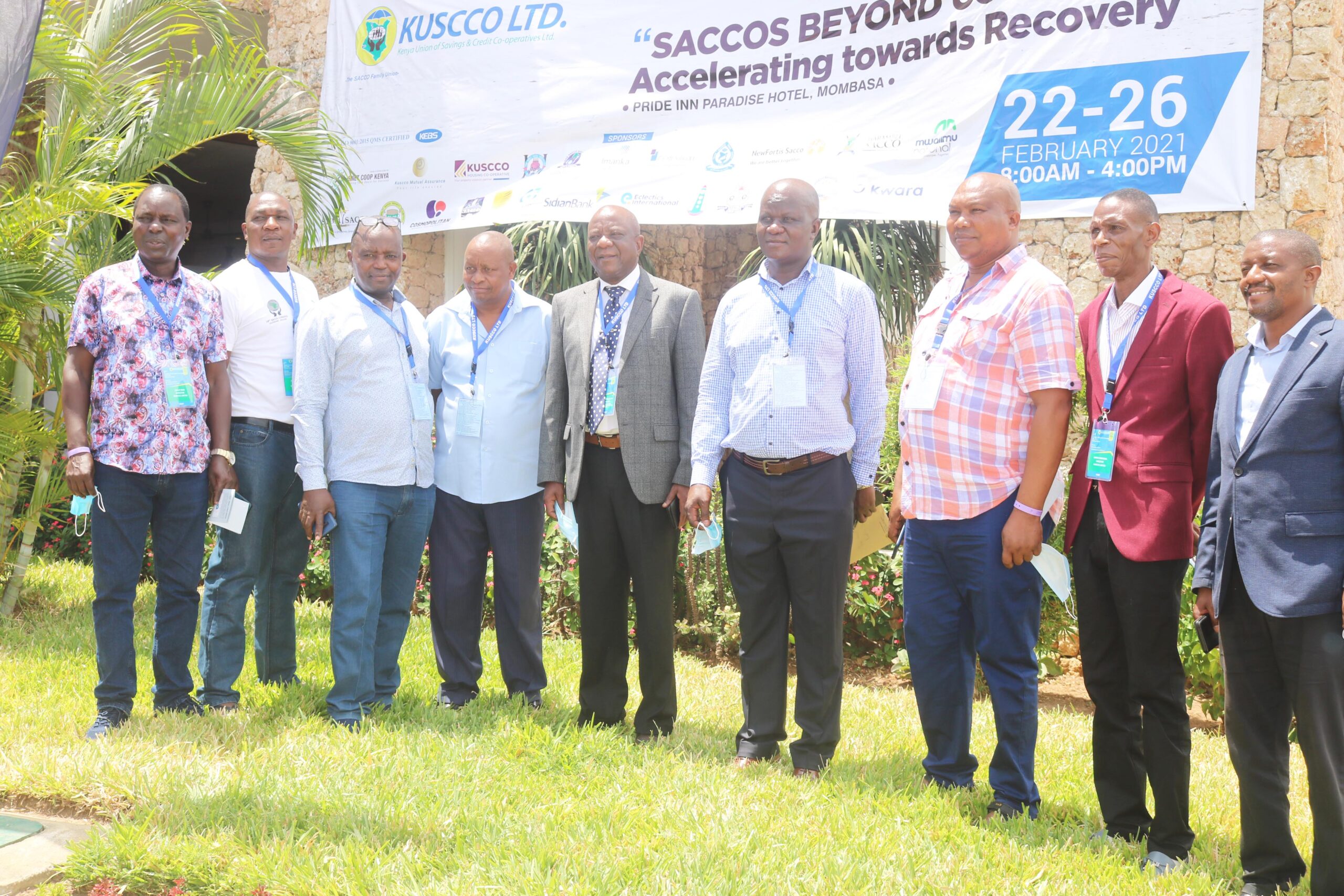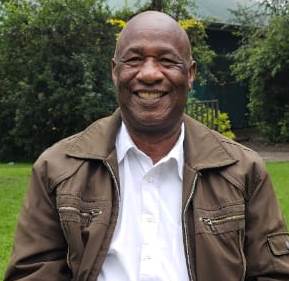By Malachi Motano
Co-operatives industry players have the government to create a standalone ministry for the cooperatives sector was the case in previous years.
Among them is the chairman of the Agriculture, Livestock, Fisheries and Cooperatives Senate Committee Njeru Ndwiga, who is a former Minister for Cooperatives.
They say the sector requires a standalone ministry instead of being managed by a state department because the movement caters for 65 percent of Kenyans
They also argue that a bigger percentage of the country’s Gross Domestic Product (GDP) is contributed by cooperatives which play a fundamental role in the economy of the country.
They say if properly managed, Saccos can greatly boost the country’s GDP and as a way of up scaling them, the government should create the ministry instead of merging with other state departments.
“Even President Uhuru Kenyatta previously recognized the influential role co-operative movements play in the country’s progress, citing that they directly or indirectly account for 45% of Kenyans’ GDP and 30% of national savings and deposits,” says Ndwiga
He said the role of the sub-sector as a key mobilizer of savings and provider of credit for development especially at the household level in Kenya has been increasing.
“Despite the shocks experienced as a result of job losses and disruptions of value chains brought by the COVID-19 pandemic from March 2020, the sub-sector continued to perform well performed if not relatively well with an upturn in all the key performance indicators,” said the Senator.
Statistics from the Sacco Societies Regulatory Authority (SASRA) shows that Kenya’s Savings and Credit Cooperatives asset base jumped to 622 billion shillings compared to 5.1 billion dollars in previously.
The statistics further indicate that total assets, loans and deposits by Saccos in 2020 saw a marked improvement compared to the previous year.
“I know it is for this reason that the government has been driving policy reforms to enhance the governance, financial soundness and sustainability of the Sacco industry in Kenya, I however still believe the ministry should stand alone,” said Ndwiga.
Symon Mburia, the acting CEO at Kenya Society of Professional Co-operators agreed, saying Saccos act as a safe haven for a rainy day.
“They are that financial boost needed to start a business, pay school fees or even build a home. They are among the leading sources of credit for socio-economic development in Kenya,” said Mburia.
He said co-operatives were identified as one of the best models in enhancing agricultural and non-agricultural productivity through trade in large volumes of inputs engagement in the distribution of farm inputs.
The government of Kenya, under Vision 2030, envisaged that co-operatives would provide 25% of housing stock in urban areas according to a 2019 report released by Co-operative Alliance of Kenya Limited.
Initially, Saccos were created to provide credit facilities to members but they have over years evolved and diversified their product offerings.
Today, Saccos not only provide loans to their members, they also offer investment opportunities, agricultural facilities for farmers, create employment and housing solutions increasing socio-economic development in the country.
Reports by World Bank indicate that the share of savings and credit co-operative-financed housing in the country stands at more than 90%.
That means the co-operative sector is providing over 100,000 housing loans, with 10% being actual registered mortgages.
The sector also provides the funds, mostly packaged as development loans, at more affordable rates, rarely exceeding 14% interest annually, even before the interest rate regime was enforced late last year.
According to Mehnaz Safavian, lead financial sector specialist at World Bank regional office in Nairobi, Saccos offer smaller formal mortgage loans through the Kenya Union of Savings and Credit Co-operatives (Kuscco) Housing Fund and also provide unsecured loans used for construction.
“Some of them offer shorter medium-term loans of as little as 1.05% per month interest (12.6% per annum) for an amount of up to three times the savings balance held with them, with repayment terms stretching to as long as seven years.
“Despite limits on the amounts, this type of credit is more easily accessible and is provided at a cheaper rate than what many of the main banks can offer,” said Ms Safavian.
The major constraint for Kenyan low and middle-income property buyers has been financing.
Despite the mortgage market growing at around 30% annually, the overall mortgage portfolio remains modest, with fewer than 25,000 mortgages, with an average size of $80,000.
“We have seen housing co-operatives purchase land and resell to members with some financing support for self-building,” Ms Safavian said.
He added that in some instances, they act as a full developer, with projects ranging to several hundred units and prices varying from as low as $6,000 (Sh600,000) to $14,000 (Sh1.4 million).



